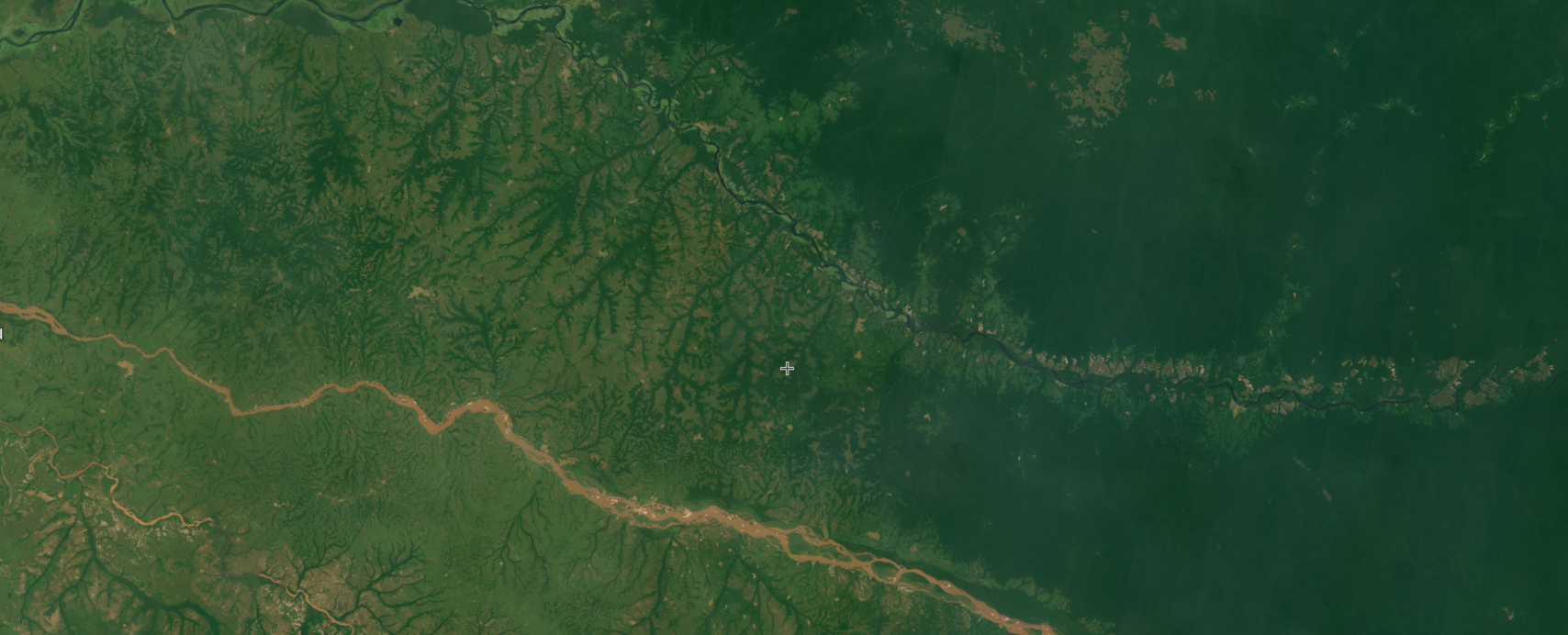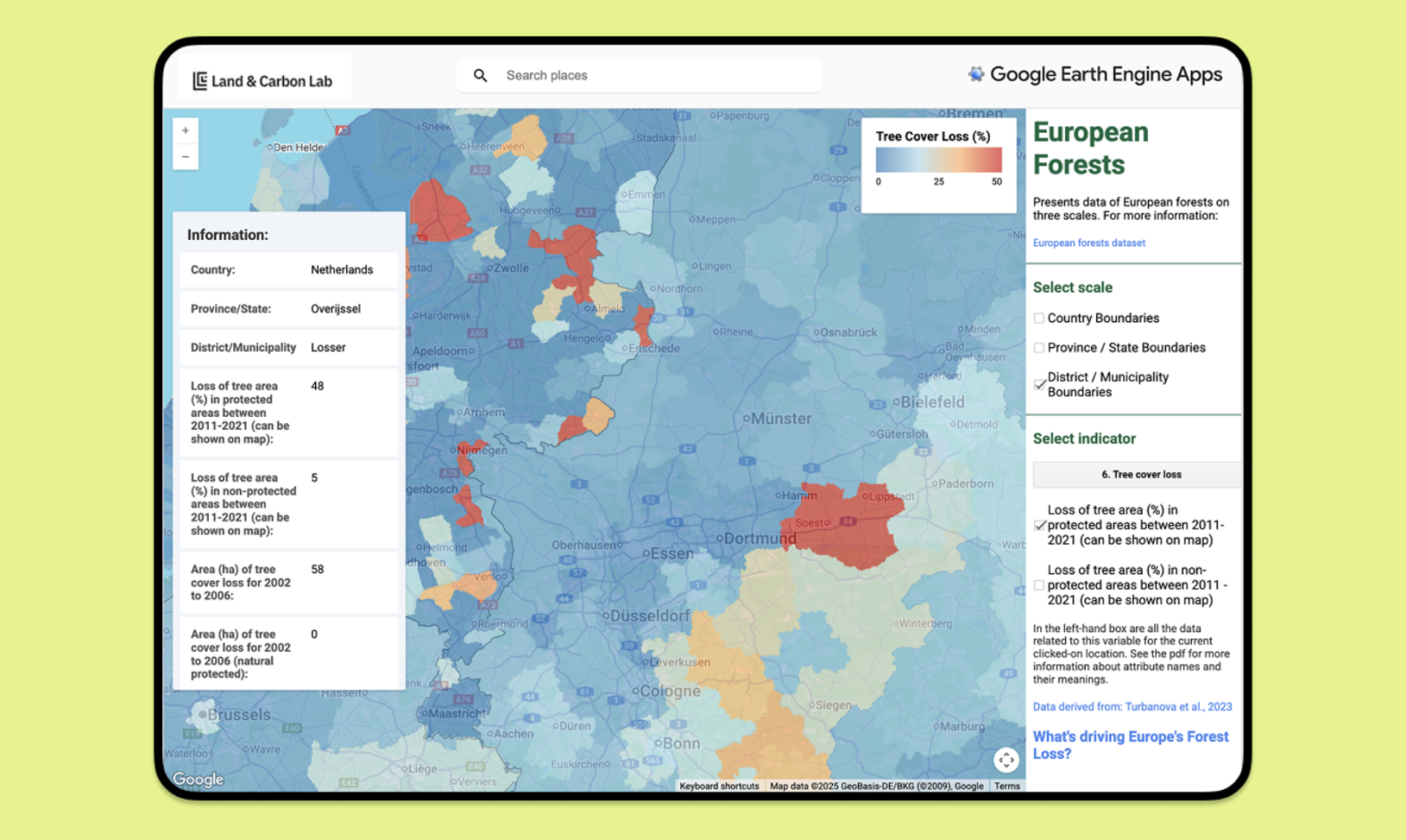Planet Imagery is No Longer Available on GFW — Here’s What You Should Know

Did you use Planet satellite imagery on GFW? Please tell us how this change affects you in our short survey here.
Recent, high-resolution satellite imagery is essential for providing context to other data layers available on Global Forest Watch (GFW), such as interpreting drivers of tree cover change, identifying possible causes of near-real-time deforestation alerts, and in validation protocols to assess accuracy of land and forest cover and change products.
Launched in 2020, Norway’s International Climate and Forest Initiative (NICFI) partnered with Planet and Kongsberg Satellite Services (KSAT) to provide high-resolution Planet imagery for free, including on GFW, through their Satellite Data Program.
However, the current phase of the program has ended, and Planet imagery is no longer available on GFW as of April 1, 2025 — but GFW will continue to provide other satellite imagery. Here is what you need to know.
What is Planet imagery?
Planet’s high-resolution, analysis-ready mosaics (single images that combine multiple satellite images) of the world’s tropics are natural color images using information from visible light (red, green and blue) to show Earth’s surface as it would appear to the human eye. They are available biannually from December 2015 – May 2020, quarterly for June 2020 – August 2020, and monthly since September 2020.
Over the last few years, many GFW users have benefitted from Planet data, such as organizations like Mighty Earth and HAkA combatting illegal deforestation, those responding to policies such as EUDR, and those reporting on deforestation and other critical forest-related news like Mongabay.
What are the changes to Planet on GFW?
Planet imagery was removed from GFW on April 1, 2025. This means that as of April 1, new Planet mosaics AND historical mosaics are no longer available on GFW.
What alternative satellite imagery can I use on GFW?
GFW offers several other imagery sources that are already available to users and can be used to support their work. If resolution is most important, Google satellite imagery, which is available globally for the past 1-3 years, has a resolution that ranges from 15 meters to 15 centimeters depending on the location. For alternative sources of recent data, imagery from the Landsat 8 (30-meter resolution) and Sentinel-2A (10-meter resolution) satellites is also available since 2012 and is updated daily on GFW.
Since all imagery has different characteristics (e.g. time periods available and update frequency), users should assess which is most suited to their needs.
To learn more about how to use the satellite imagery currently available on GFW to investigate forest change please visit our Help Center.
Will new satellite imagery be available through the NICFI program in the future?
NICFI plans to continue the Satellite Data Program, however, they are in the process of developing a new phase, to be launched later this year. As part of this process, NICFI is evaluating satellite data providers as well as other details of the program (such as frequency and type of data).
Once NICFI is ready to launch the new phase of the Satellite Data Program, GFW will explore whether we will add any new satellite imagery to the platform.
How can I stay updated on these changes?
To stay up to date with the latest developments on the NICFI Satellite Data Program, please sign up for the NICFI newsletter. You can learn more about Planet in their Help Center.
We will also update this blog as new information is available. You can always see the latest updates about data changes and outages in the notifications on the GFW main menu:



